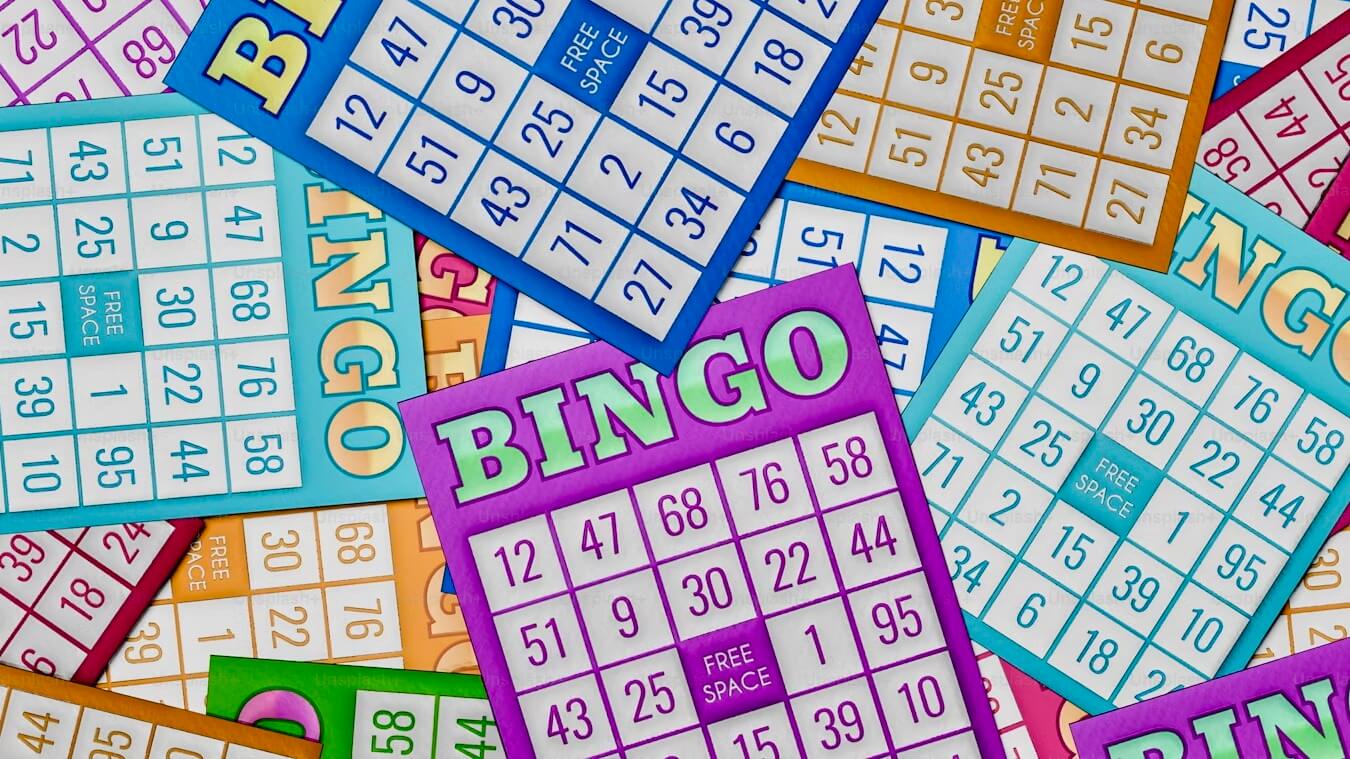How to Play Bingo Game
Ron Spinabella Chief Editor / Oct 25, 2025
Bingo, as a form of gaming, dates back to 1530, but it gained popularity in the United States in the 20th century. The game gets its name from the fact that the winner shouts "Bingo" (which can be interpreted as "I got it," but is also often used to express a clear understanding of one's own opinion, "Bingo, you're right").

As parents, we focus on the value that games provide for children's growth and enjoyment. This article will introduce the basic rules of Bingo. Parents can build on these rules to create a customized Bingo learning tool for their children, allowing them to experience and grow together.
What is Bingo?
Bingo is a crossword puzzle, typically played on a 5x5 grid, with each column corresponding to the five letters of the word "BINGO." In Bingo, the five cells in column B are 1-15, those in column I are 16-30, those in column N are 31-45, those in column G are 46-60, and those in column O are 61-75. The grid can hold 24 numbers (no repeats) and one "free" cell. Each player (except the caller) receives a Bingo card.
Players listen to the number called out by the caller and find the corresponding number on their Bingo card, marking it with an O or X using a marker. The first player to complete a complete five-cell grid on their Bingo card, connected by any parallel, vertical, or diagonal line, with an O or X, wins. The center "free" cell can hold any number or be left blank, just like the other cells.
Game Preparation
- Bingo Cards
- Marker
- Player
- Caller
How to play Bingo: Step by Step
1. Choose a player to be the caller. Distribute bingo cards and markers to the remaining players.
2. The caller reads aloud a randomly generated number (ranging from 1 to 75).
3. After hearing the random number, players look for a matching number on their bingo card and fill in an O or X.
4. The host reads the next number (sometimes the number and column name are read together, such as "B2").
5. The first player to complete a line calls out “Bingo."
Benefits of Bingo
1. Enhance Learning Interest and Engagement
By leveraging gamification, Bingo effectively stimulates learners' interest and motivation. Learning through play not only makes knowledge more engaging and engaging, but also increases learner engagement and focus. Especially for learning English vocabulary, Bingo, with its uniquely interactive and competitive nature, removes tedious learning.
2. Cultivates Quick Reaction and Decision-Making Skills
In Bingo, players must quickly find and mark numbers or words, requiring rapid reaction times and accurate judgment. Through continuous practice and challenges, these skills will be significantly enhanced.
Common Types of Bingo Games
Bingo is a game that can be played with any theme, can be combined with holidays, and is suitable for both young and old children. Players can create cards around a specific theme.
- Math Bingo
- Word Bingo
- Christmas Bingo
- Halloween Bingo
- Thanksgiving Bingo
- Travel Bingo
- Car Bingo
3X3 or 4X4
The bingo card can be set to 3X3, 4X4, etc. The goal of the game can be to form a "straight line" (vertical line/horizontal line/diagonal line) or a T-shape with the chess pieces.
Bingo Facts
Playing Bingo requires a lot of effort. For example, creating Bingo cards for high-frequency English words requires at least two cards filled out manually, each with a different word and position. This can increase the cost of playing for parents who are short on time and energy. To improve children's attention and memory, try playing online word games or memory games, which save time and are not limited by venue.
Final Thoughts
Bingo games are fun to play. You can play number bingo games with your children, or you can play English word bingo games with your children. Children can learn numbers and English words unconsciously in the game. Why not play and learn at the same time?
Disclaimer
Any assessments and their associated content on this website, regardless of date, are not intended to replace direct medical advice from your physician or other professional. If you experience severe or persistent symptoms, please consult a licensed mental health professional or healthcare provider.







